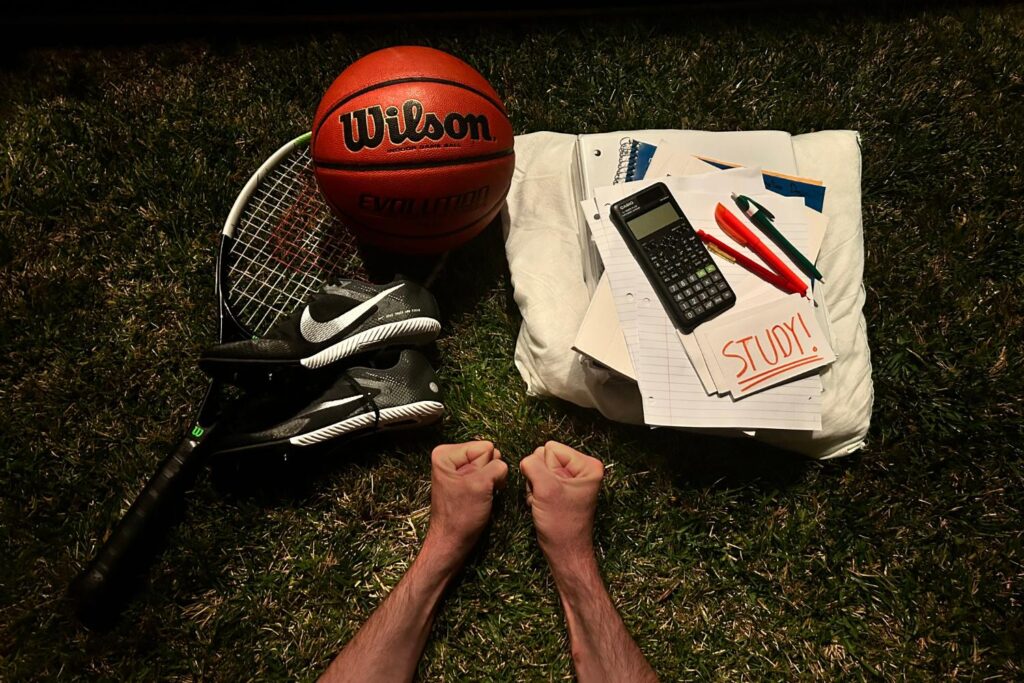As high school athletes prepare to take the next step in their academic and athletic careers, the transition to college presents a unique set of challenges and opportunities. Balancing rigorous coursework with demanding training schedules requires careful planning and resilience. In this article, we explore practical tips and expert advice to help student-athletes navigate the jump from high school to college successfully, ensuring they excel both on the field and in the classroom.
Balancing Academics and Athletics: Strategies for Success on and off the Field
Success in both studies and sports demands more than raw talent; it requires a finely tuned routine that accommodates training, classes, and rest. Prioritizing time management is crucial-student-athletes should map out their week with dedicated blocks for academics, workouts, and downtime. Utilizing digital planners or apps can streamline schedules, preventing overlaps between practices and critical academic deadlines. Equally important is building strong communication channels with professors and coaches to address potential conflicts early and seek accommodations when necessary.
In addition to scheduling, maintaining peak mental and physical health plays a vital role. Balanced nutrition, quality sleep, and mindfulness techniques enhance focus and stamina, both on the field and in the classroom. Below is a simple framework designed to help student-athletes maintain equilibrium across their demanding roles:
| Focus Area | Key Actions | Benefits |
|---|---|---|
| Time Management |
| Reduced stress, improved productivity |
| Communication |
| Better support, flexible solutions |
| Well-being |
| Enhanced focus and recovery |
Building a Support Network: How Coaches, Professors, and Peers Can Help
Success in college, especially for student-athletes, hinges not only on individual effort but also on the quality of one’s support system. Coaches often serve as more than just trainers; they are mentors who provide guidance on balancing rigorous training schedules with academic responsibilities. Regular check-ins with coaches can help identify potential challenges early and create customized strategies that align athletic goals with academic performance. Meanwhile, professors play a critical role by offering academic support and flexibility. Developing relationships with faculty members can open doors to tutoring resources, office hours, and even opportunities for research or internships that complement both athletic and academic development.
Peers, often overlooked, are invaluable allies in the college journey. Being part of study groups, athletic teams, or campus clubs helps student-athletes build camaraderie, exchange tips, and navigate college life together. Their shared experiences create a network of accountability and motivation that can lessen feelings of isolation. Below is a snapshot of how these key figures contribute to a thriving support system:
| Support Source | Primary Role | Benefits |
|---|---|---|
| Coaches | Mentorship and Athletic Guidance | Customized training, time management, motivation |
| Professors | Academic Support and Flexibility | Tutoring, office hours, research opportunities |
| Peers | Social and Emotional Support | Study groups, shared experiences, accountability |
Mastering Time Management: Practical Tips to Juggle Practice, Classes, and Social Life
Balancing the intense demands of athletic practice, rigorous academic classes, and an active social life requires a strategic approach to time management. Student-athletes should begin by mapping out their weekly schedules with clear priorities. Using tools like digital calendars or planners, they can allocate dedicated blocks for study sessions, training, and downtime, ensuring that no aspect of their life is neglected. Consistency is key: establishing a daily routine reduces stress and increases productivity by building habits that naturally guide focus and energy levels throughout the day.
Effective time management also means learning to make smart decisions when unexpected events arise. Developing the skill to swiftly assess priorities allows student-athletes to flexibly adjust their plans without losing momentum. Consider the following quick-reference guide to maintain balance during a typical week:
| Day | Focus Areas | Best Practice |
|---|---|---|
| Monday – Wednesday | Heavy Practice + Classes | Short study breaks post-practice to maximize retention |
| Thursday | Light Training + Social | Engage social events to recharge mentally |
| Friday – Sunday | Game Day + Catch-Up Study | Prioritize rest and focused review sessions |
In Conclusion
As student-athletes step into the demanding world of college sports and academics, preparation remains their strongest ally. Balancing rigorous training schedules with coursework requires not only physical endurance but also strategic time management and mental resilience. By proactively seeking support systems, setting realistic goals, and maintaining open communication with coaches and educators, incoming student-athletes can navigate this transition more smoothly. Ultimately, the jump to collegiate athletics is a challenging yet rewarding journey-one that, with the right approach, can pave the way for success both on and off the field.





